Whether you’re growing your own cannabis or simply want to get the most out of your stash, the question comes up sooner or later: how to make cannabis stronger? But what does “stronger” really mean? For some, it’s all about THC levels and a more intense high. For others, it’s the full sensory experience—rich aromas, deeper flavors, and longer-lasting effects.
Making cannabis stronger isn’t about just one thing. It’s a combination of genetics, growing conditions, timing, and even how you consume it. In this guide, we’ll walk through all the factors that influence potency, including practical tips to boost your buds’ strength—whether you’re a grower, a DIY edible maker, or simply curious.
Ready to learn how to level up your cannabis game? Let’s dive in.
The journey to stronger cannabis starts at the very beginning—with the seeds. Genetics set the limits of how potent a plant can become. You can give your plants the best light, nutrients, and care, but if the strain is genetically mild, the results will still be mild.
If you’re looking for high THC content, choose strains that are known for their potency. These include classic powerhouses like White Widow, Amnesia, or Extreme. Look for seed descriptions that mention THC percentages over 20%, or highlight intense effects.
It’s also worth exploring hybrids that combine strength with specific effects—like mental clarity, relaxation, or creativity—depending on what “stronger” means to you.
Starting with the right genetics means you’re already halfway to growing potent buds. The rest is optimization.
Even the most potent genetics won’t reach their full potential without the right environment. Just like an athlete needs training, cannabis plants need optimized conditions to boost cannabinoid and terpene production. If you’re wondering how to make cannabis stronger through growing, it starts right here—with the environment you provide. You’ll find more about this in our cannabis growing guide.
Here are the key factors to focus on:
| Factor | Best Practice | Why It Matters |
|---|---|---|
| Light | Use full-spectrum LED or HPS lights with at least 18 hours/day during veg stage. | More light = more photosynthesis = more energy for cannabinoid production. |
| Soil & Nutrients | Use high-quality soil rich in organic matter and monitor N-P-K balance. | Supports healthy growth and resin development. |
| Temperature | Keep daytime temps between 22–28°C (72–82°F), and nights a bit cooler. | Extreme heat can degrade THC and damage terpenes. |
| Humidity | Maintain 40–60% RH during veg; drop to 40–50% in flowering stage. | Helps prevent mold while encouraging resin production. |
| Airflow | Use fans to simulate natural wind and strengthen stems. | Improves CO₂ absorption and reduces pest risk. |
Dialing in these variables creates the ideal environment for your plant to produce richer, stronger buds. It may take trial and error, but the difference in potency is worth it.
If you’re serious about learning how to make cannabis stronger, controlled plant stress is one of the most effective tools available. When applied carefully, certain stress techniques trigger a survival response in the plant, leading to more resin and cannabinoid production. We break these methods down further in our training techniques article.
Here are some common methods:
| Technique | Description | Skill Level | Effect on Potency |
|---|---|---|---|
| Low-Stress Training (LST) | Bending stems gently to expose more bud sites to light. | Beginner–Intermediate | Improves light distribution and cannabinoid production. |
| Super Cropping | Pinching and slightly damaging stems to stimulate resin production. | Intermediate–Advanced | Triggers a defense response that boosts potency. |
| Defoliation | Removing select fan leaves to improve airflow and light penetration. | Intermediate | Supports bud development and trichome density. |
| Light Stress (Dark Period Extension) | Extending darkness slightly before harvest to stimulate final resin push. | Advanced | Can boost trichome production if timed well. |
These techniques work best during the vegetative and early flowering stages. Timing and precision are key—too much stress can backfire and stunt growth. But if applied carefully, they can make a real difference in how to make cannabis stronger, especially when combined with good genetics and a stable growing environment.
One of the most overlooked answers to how to make cannabis stronger lies in when you choose to harvest. Even with perfect growing conditions, harvesting too early—or too late—can reduce both potency and flavor.
The best way to judge harvest time is by looking at the trichomes. These tiny, crystal-like glands on your buds contain the cannabinoids and terpenes that define strength and effect. Under magnification, their color tells you where your plant is in its cycle:
You can use a cheap jeweler’s loupe or a pocket microscope to inspect the trichomes, as mentioned in our harvesting article. Focus on the ones on the buds—not the leaves—for the most accurate signal.
It may seem like a small detail, but timing your harvest correctly is one of the simplest ways to influence final potency. A few days too early or late can noticeably change the effect.
If you’ve made it this far in your grow, don’t rush the final step. Drying and curing are often where potency is either preserved—or lost. And if you’re still thinking about how to make cannabis stronger, this stage is just as important as choosing the right genetics or harvesting on time.
Drying should be slow and steady. Hang your trimmed buds in a dark, ventilated space with temperatures around 18–21°C (65–70°F) and humidity between 50–60%. This usually takes 7–10 days, depending on bud size and air movement.
Once dry, the buds go into airtight containers—usually glass jars—for curing. Open the jars daily for the first week to let moisture escape (a process known as “burping”). After that, once every few days is enough. The whole process can last 2 to 8 weeks.
Proper curing not only improves flavor and smoothness, but also helps preserve and even enhance cannabinoid content. If you want a more in-depth breakdown of this process, our curing guide covers it step by step.
Many growers spend weeks perfecting their grow, only to lose strength in a few rushed days. Be patient—the best buds are the ones that dry and cure right.
If you’re still wondering how to make cannabis stronger, it’s worth looking beyond traditional buds. The way cannabis is processed and consumed can dramatically change how intense it feels—and how long the effects last.
Unlike smoking, edibles are metabolized by the liver, where THC is converted into 11-hydroxy-THC—a compound that produces stronger and longer-lasting effects. That’s why even small doses can feel more intense.
To make effective edibles, cannabis must first be decarboxylated—heated gently to activate its cannabinoids. This step is essential for any homemade treat to have real potency.
Concentrates like hash, rosin, wax, or oils contain significantly more THC than raw flower. Some extracts can exceed 70% THC, compared to 15–25% in typical buds. They deliver powerful effects in small amounts, but are best reserved for experienced users due to their strength.
Terpenes don’t increase THC levels, but they influence the overall experience by interacting with cannabinoids. This is known as the “entourage effect.”
For example, limonene tends to produce uplifting effects, while myrcene is more calming. Understanding the terpene profile of your strain helps you shape the kind of “strong” experience you’re looking for. You can learn more in our terpenes guide.
By now, you’ve seen that how to make cannabis stronger isn’t about just one thing—it’s the result of small, smart choices across every step of the process. But let’s clear up a few lingering myths before we wrap up.
If you’re curious about how cannabinoids interact with your body, you can read more in this basic guide to cannabinoids from Healthline.
Making cannabis stronger isn’t about shortcuts—it’s about being intentional at every stage. From seed selection to curing, and from the way you grow to the way you consume, each detail matters. Follow the full process, stay curious, and the strength will come.
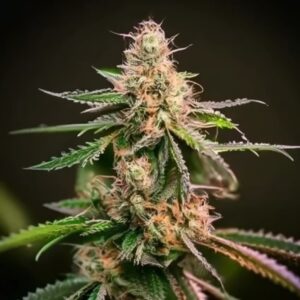


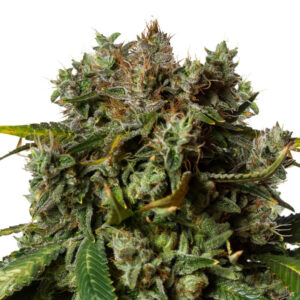

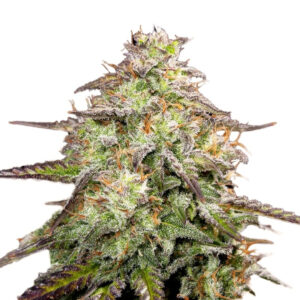







Related Posts
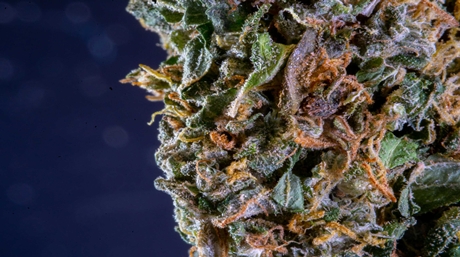
Have you ever seen a cannabis plant with bug buds growing above a nylon screen? Well, that screen is referred to as a screen of green or a ScrOG in short form.

Phosphorus is a critical nutrient that is important for plant growth, maturity, and yield. It is part of the three vital nutrients in commercial fertilizers: nitrogen (N) and potassium (K).
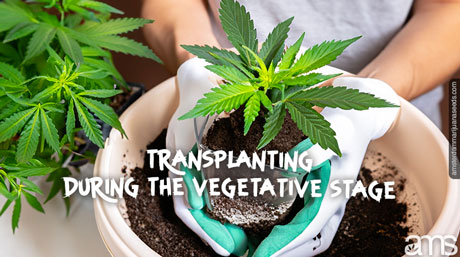
The Ideal Time to Transplant Cannabis Plants: A Grower’s Guide to Successful Transplantation During the Vegetative Stage
In this article you will find answers to the following questions: When is the best timing for cannabis transplant?,
How does vegetative stage transplant work?, What are the factors to consider for cannabis transplant?, What are the key factors for successful cannabis transplantation…